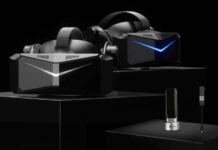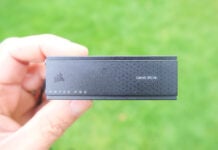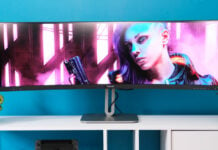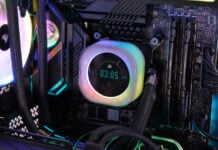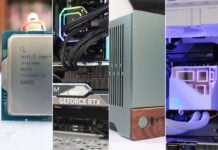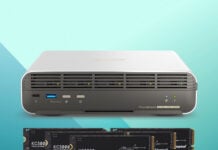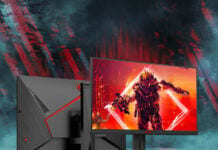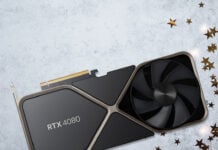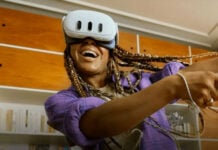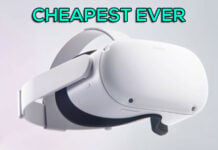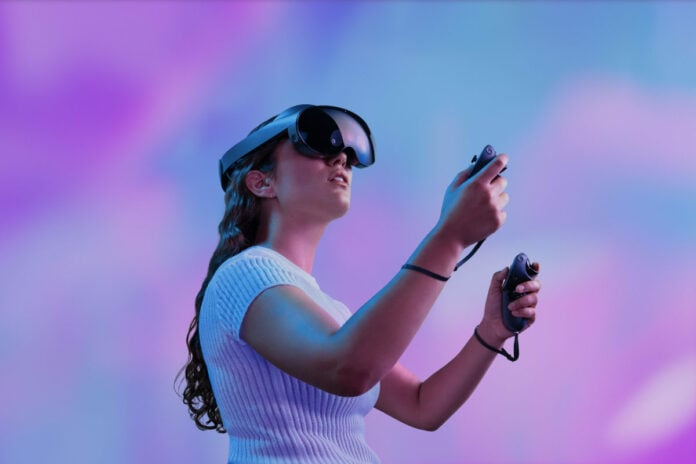
Mark Zuckerberg’s metaverse is the Meta’s greatest vision and goal for tech in the future. The company unveiled its next big step toward that future with the Quest Pro.
Teased and hinted in the past as Project Cambria, the new VR headset attempts to marry the standalone VR headset experience popularised by its very own Meta Quest 2 and PC-tethered VR headsets much like the Valve Index… into one unique device. But does it have the technical prowess to pull it off? Meta certainly thinks so, let’s find out.
Meta Quest Pro Headset
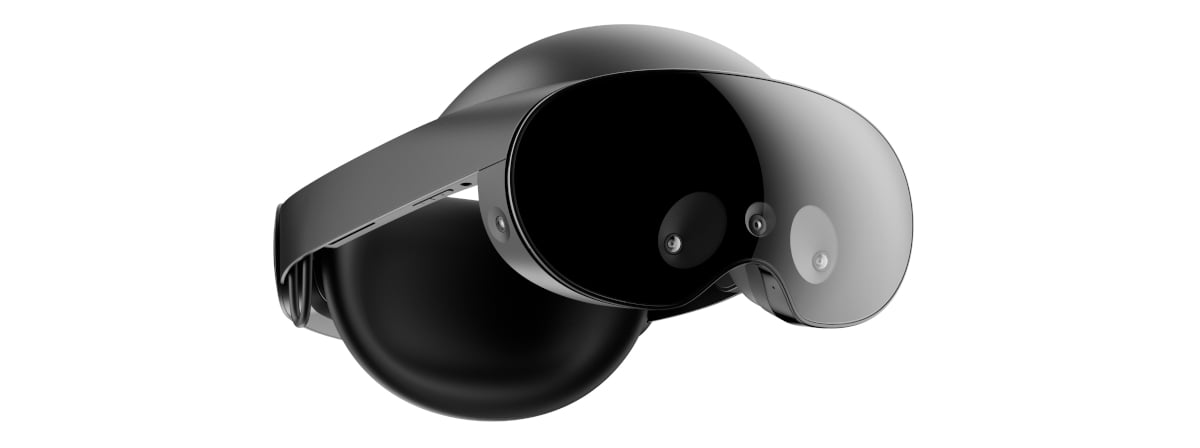
Arguably the most important bit to the experience, the headset features an all-new design that has a slimmer profile compared to the previous Meta Quest 2. The team behind its creation says Pro will be much more comfortable and will easily allow the user to be fully immersed in VR experiences.
All this is thanks to pancake-style lenses and curved-cell battery that sits at the back of the headset, providing a unique sense of balance to the device. A battery life of between 60 to 120 minutes can be charged in about two hours from empty to full via an accompanying 45W USB-C-powered dock.
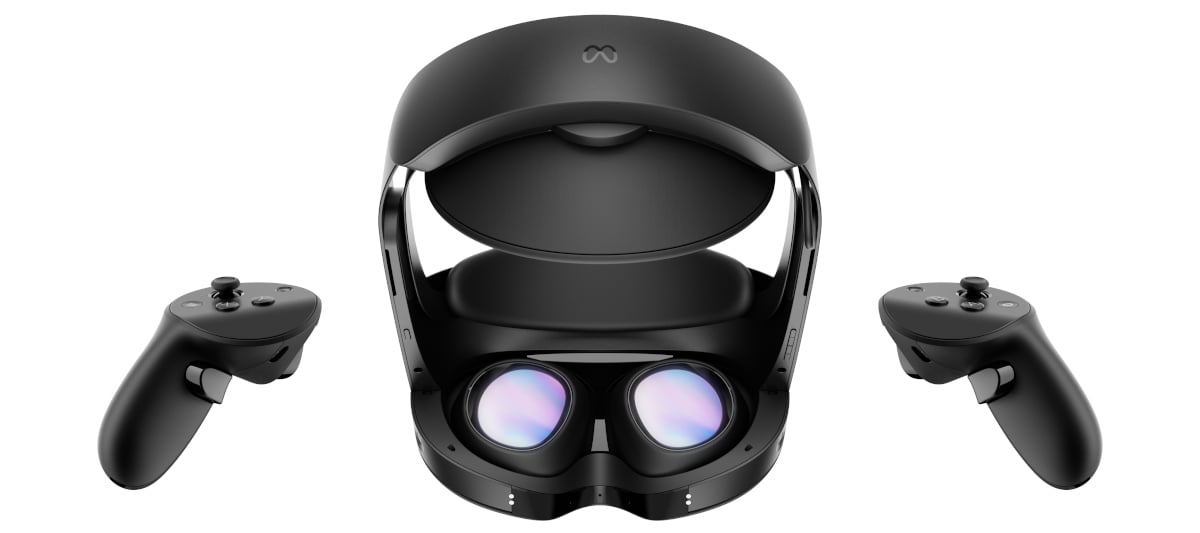
For further added comfort and adjustments, the headset features a continuous lens-spacing adjustment mechanism which accommodates inter-pupillary distances between 55mm and 75mm, enabling a more diverse range of fine-tuning with a new eye relief dial to optimise fit, face-tracking, and viewing experience.
Major hardware upgrades include a Qualcomm Snapdragon XR2 processor, which, we also might add, is a device-first, coupled with 12GB of RAM, 256GB of storage and 10 high-res infrared sensors split inside and outside of the headset. Meta claims the device has 50 per cent more power than the Quest 2 and has been optimised to run significantly cooler and faster than the predecessor.

The display outputs a per-eye resolution of 1800×1920 pixels with a 90Hz refresh rate, a 120-degree field of view with a touted 37 per cent more pixels per inch and 10 per cent pixels per degree than the Meta Quest 2, in a quest – pun intended – to eliminate the often immersive-breaking screen-door effect found in many virtual reality headsets.
The device has Wi-Fi 6E and Bluetooth 5.2 network connectivity options and can be used as a traditional PC VR headset via Direct Link or Air Link connectivity options. For audio, there are integrated speakers and microphones, with either wireless earphones or 3.5mm audio.
Redesigned Optics
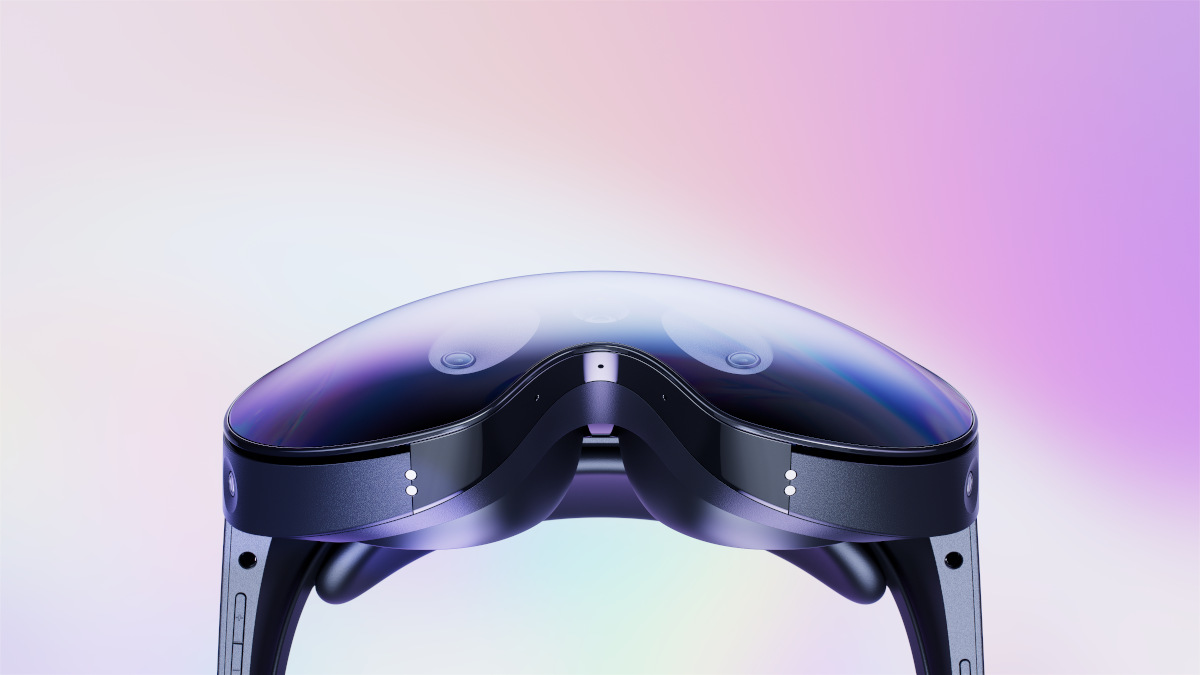
Optics see a total overhaul, which is necessary as this is a combination of standalone, mixed reality, and traditional VR systems, and the deep pockets of Meta has provided a unique take on the architecture. Here’s how it works.
A combination of infrared sensor architecture, high-resolution outward-facing cameras, light blocker attachments and a carefully crafted software algorithm all play a role in its unique multi-tasking capabilities.
As you would guess, the five inward-facing sensors are attributed to detect eye movements and facial expressions, while the outward-facing sensors detect objects and everything else within your physical space. This allows for the most precise tracking capabilities the company has output to date. Additionally, software allows for natural facial expressions in Meta Horizon Workrooms, or multiplayer apps like Woorld, an app that makes it possible to take virtual trips across the globe, explore 3D maps and 360-degree images with friends and family.
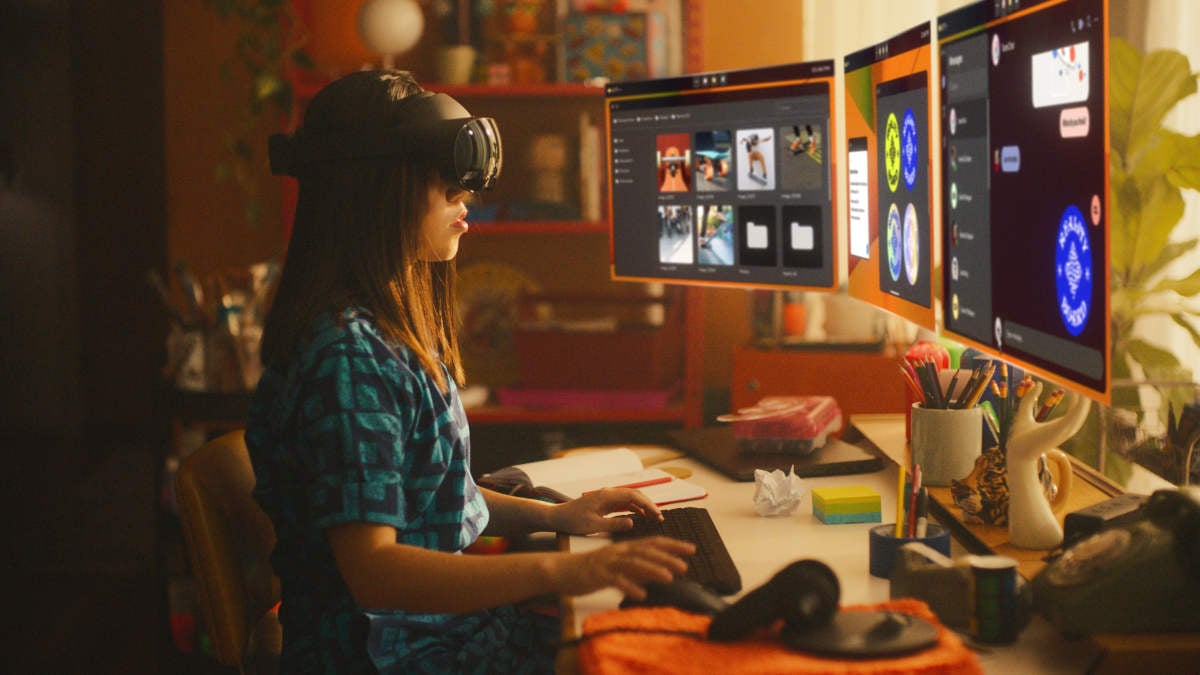
Meta Quest 2 had a passthrough capability that only allowed for a monoscopic view of your physical space; Meta Quest Pro features high-resolution cameras that when coupled with Presence Platform suite of tools, allows for a real-time 3D view of the outside world.
Examples of these scenarios were showcased at the event, including using the headset with interactive virtual displays, creating detailed 3D models in real time using Arkio or Gravity sketch, scribbling on an imaginary notepad, or even attending a virtual event with an avatar representing your real-world self. Though many journalists in attendance noted that while not perfect, it did give a window of what we could expect from the metaverse in the near future.
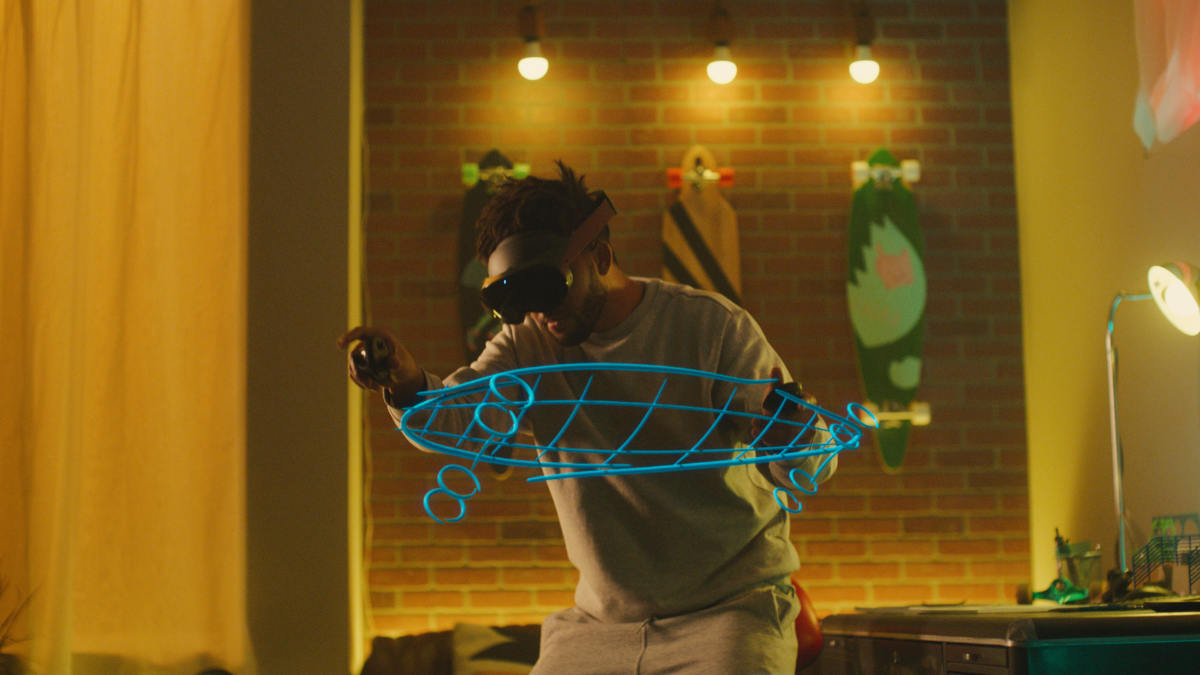
Finally, the device carries open periphery, meaning you are able to see through the display via a magnetic partial light blocker that is included in the box. Meta says a full light-blocker attachment will be made available later for a full-immersive VR experience, as an optional extra. Would have been nice to include these for the steep price point.
Meta Quest Touch Pro Controllers

Interacting with the virtual world still needs controllers, and these feature all-new self-tracking capabilities. Three built-in sensors in each controller track their 3D position independent of the headset, giving you a full 360-degree range of motion and stable tracking across all VR games and apps.
They’ve also got a new industrial design featuring better ergonomics and balance feel. Meta claims they will feel like a natural extension to your hands and enhance haptic feedback with the TruTouch Haptics system. The controllers are also compatible with Meta Quest 2 and are sold as a standalone accessory for £299.
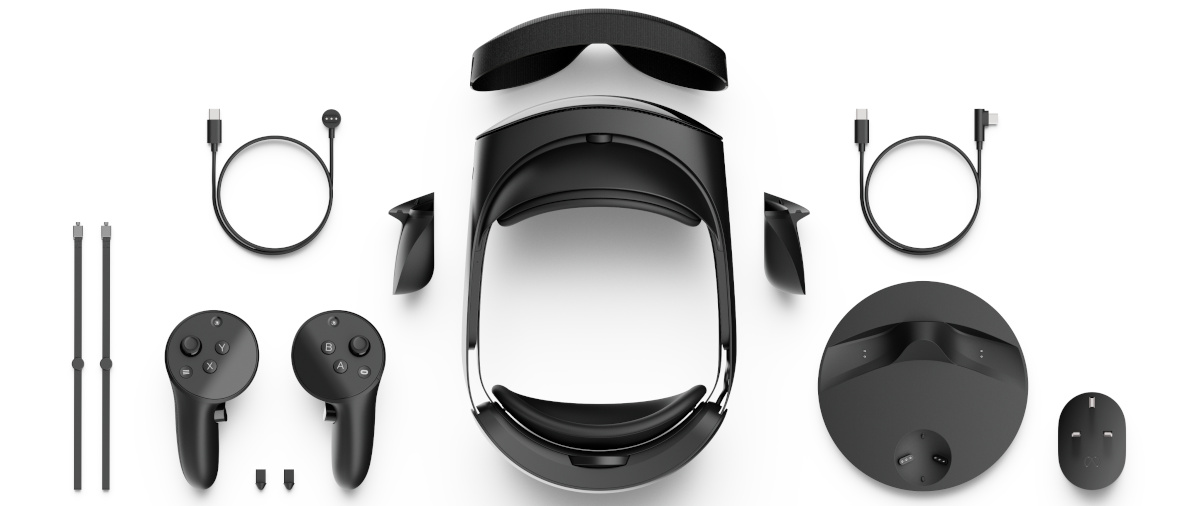
Available on pre-order and shipping from October 27, pricing starts at £1,499.99.





